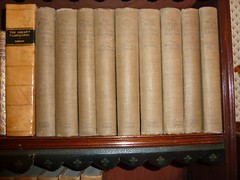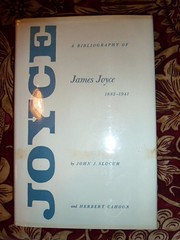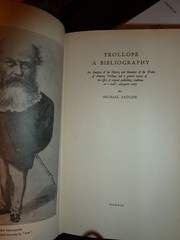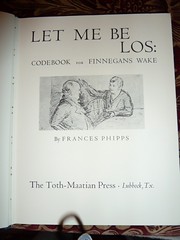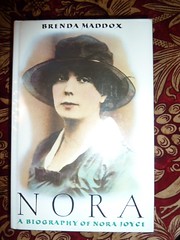"In Cold Blood" tells of the killing of four members of the Clutter family (man, wife and two children) at their home of River Valley Farm in the West Kansas town of Holcomb on November 15th 1959, by two young men, Perry Smith and Dick Hickock, newly released from jail. Capote visited Holcomb (in the company of Harper Lee) some time after the killing, interviewed witnesses, local people and the lawmen who brought the killers to justice. He also interviewed the killers, both hung after several appeals, while they waited on Death Row. The result is a gripping, chilling narrative, full of atmospheric description and forensic studies of the killers' personalities. The book was published to universal acclaim in 1965 and ensured lasting fame for its author and lasting notoriety for the town of Holcomb. The photograph below is of Truman Capote in the lounge of the Clutter farmstead.
Two years ago we drove across the Kansas prairie and saw something of the countryside so wonderfully described by Capote, with its isolated farmhouses, small towns and low sand hills, much as Hickock and Smith must have done on their journey to Holcomb, triggered by a chance conversation in jail between Hickock and a fellow prisoner who had once worked at River Valley Farm. On such chance encounters are fates determined and nobody could have told this story better.
Fitzgerald himself was very much a part of this scene. That he could stand back from it and produce this masterpiece is something for which we should all be grateful.
"To Kill a Mockingbird" shares with "The Great Gatsby" a narrator through whose eyes and ears we enter a particular kind of world. Here we are in Maycomb County in 1930's Alabama and our narrator is Jean Louise Finch (aka Scout), the 6 year old daughter of an honourable white lawyer, Atticus Finch, a widower, who share the house with Scout's 9 year old brother Jem and their black servant, Calpurnia. Through Scout, over a 3 year period, we learn about the neighbourhood, the mysterious Boo Radley, who lives near them but never goes out of the house, and we take part in the daily activities such as school and the longed for holidays. Slowly we become aware that Atticus is deeply unpopular amongst many of their neighbours since he has been appointed to defend a black man Tom Robinson, against a charge of raping a young white girl, Mayella Ewell. It is not the fact that he has been appointed that upsets them, but the fact that he clearly intends to demonstrate Tom's innocence to the best of his ability. The court case, witnessed from the 'coloured balcony' by Scout and Jem is riveting and Atticus succeeds in discrediting Mayella and her father Bob, who we suspect beat his daughter when he saw her making overtures (which were rejected) to Tom Robinson. However, with an all white jury, the guilty verdict is inevitable and Tom is eventually shot whilst making a bid for freedom some time later. In the gripping climax, Scout and Jem are savagely attacked by Bob Ewell, but are saved by Boo Radley, who stabs and kills Ewell. The sheriff convinces Atticus that it is best to tell the world that Ewell fell on his own knife, since the reclusive Boo could never survive the ordeal of trial. As Scout points out it would be a sin to kill a mockingbird, i.e. a beautiful creature that does no harm to anyone. "Remember", Atticus had told Scout and Jem when he gave them their first shotguns early in the novel, "you can kill as many bluejays as you want, but it's a sin to kill a mockingbird."
This book I would place as my favourite of the three because of the wonderful characters and the utterly convincing Scout.







